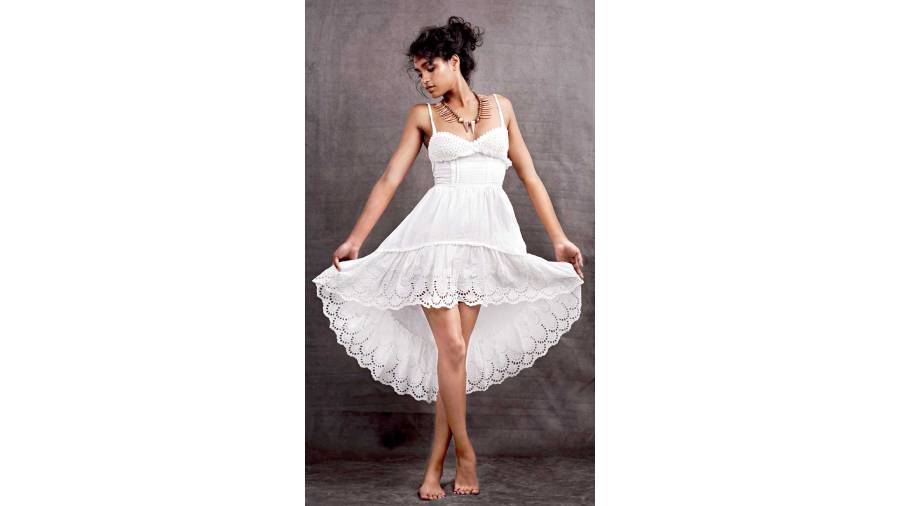When spring seems like the middle of summer – with not a cloud in the sky and not a nor’wester in sight – the search for cool clothing borders on being frantic; with cool meaning literally what it is instead of the vague trends it signifies these days.
We are all aware of the three best fabrics to fight heat with: cotton, cotton and cotton. Even thick handspun khadi or mill cotton is far more comfortable than a factory-made polyester, viscose, rayon or nylon because cotton is naturally cool.
Check the composition of the fabric. And be careful of terminology. Muslin is handwoven very fine cotton. Of late online sellers are hawking terms like viscose-muslin, poly-muslin and so on. This is humbug. The other trick is to label a garment cotton-rich. This means that there’s non-cotton in it. Look out for a 100% cotton label if possible. Good and not necessarily expensive brands are upfront about the extent of synthetic yarn in the fabric. Opt for them.
Apart from this thumb rule a few more tips to beat the heat.
First, remember that knits trap heat while woven fabrics help dissipate it. Knits have a complex pattern of crisscrossing yarn. Think of the sweaters that were hand knit and you’ll visualise the complexity. Woven fabrics have normally two yarns, one going from top to bottom and the other from left to right. Naturally, this gives a lot of space between the yarns for air to flow through. Also, the finer the yarn, the more absorbent the fabric is of sweat.
Second, layers trap heat. In a dry harsh heat an extra layer provides protection from a heatstroke but in a
severely humid climate like ours, layers trap the sweat. So a thick cotton kurta will be cooler than a finer cotton kurta worn with a slip. Scarves, stoles and dupattas too add layers.
Another significant layer that comes in first contact with the sweat is our bra. Bras tend to dry out under loose over garments because they afford air circulation. The problem, however, is with sari blouses because the blouse fits snugly on the body along with layers of the pleated sari that trap the sweat very effectively.
The way out is simple. Ditch the bra when wearing a well-fitting blouse, which will give your breasts enough support. Of course it helps if you have worn supportive bras all through as that would have kept the sag at bay. Drastic weight loss also hastens sagging and reduces the chances of dumping the bra even if for a day. Those with large bustlines or sagging breasts need to evaluate for themselves if they’re comfortable without their bras.
Sometimes, a no bra is the best bra!
The columnist is the founder-CEO of Necessity-SwatiGautam, a customised brand of brassieres. Contact:necessityswatigautam@gmail.com











